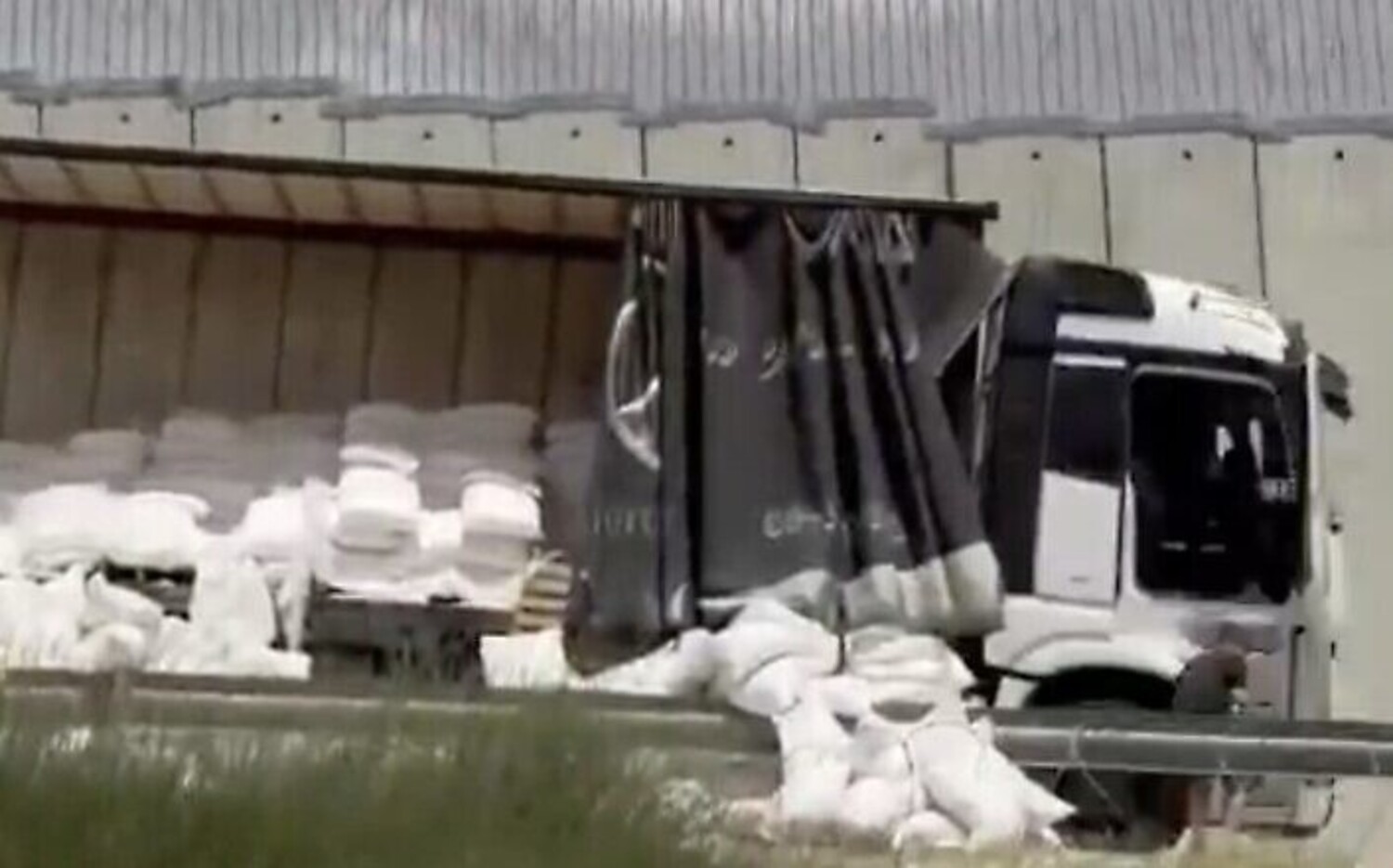Donald Trump's chief trade official, Robert Lighthizer, devised the 2018 tariffs on many Chinese imports, and now wants to double down on a failed policy. His new book No Trade is Free proposes "strategic de-coupling" from China through even higher tariffs and related measures. This brings to mind H. L. Mencken's crack that "for every complex problem, there is a solution, that is simple, direct, plausible—and wrong."
U.S. imports from China have risen despite Trump's tariffs on a range of Chinese products, as the $6 trillion in COVID stimulus spending created demand that American manufacturers couldn't fill—but China could. U.S. and Chinese data diverge, because (as the Federal Reserve showed in a 2021 study) China counts exports that reach the U.S. via a third country while the U.S. doesn't.
If a policy failed the first time around, why double down on it? It would be better for the U.S. to revise the tax code to favor capital-intensive manufacturing, restore Reagan-level funding for high-tech R&D, build infrastructure, ease up on environmental restrictions, provide apprenticeships for skilled workers, and subsidize industries critical to national security.
Getting all that through Congress would be difficult, to be sure. An industrial policy on the scale I proposed in a Claremont Institute study earlier this year would require leadership and political will of a sort we haven't seen for a long time. But call me a cockeyed optimist. I believe, as Winston Churchill said, that the United States always will do the right thing, after trying all the alternatives (including increased tariffs).
For years, Chinese statistics on exports to the U.S. undershot America's count of imports from China. In part that's because Chinese exporters underreported their earnings to keep dollars abroad and out of the reach of Chinese exchange controls. After the Trump tariffs, as the Fed study showed, U.S. data undercounted Chinese imports because Chinese companies routed goods through other countries to avoid U.S. tariffs.

In 2022, America imported more capital goods than it produced for domestic consumption. America is dependent on foreign suppliers for the goods that make other goods, and China is one of our largest suppliers.
We should be manufacturing more and home and importing less—on that Lighthizer is absolutely right. Our net foreign asset position now stands at an alarming negative $16 trillion, because we sold stocks, bonds, real estate, and other assets to foreigners to pay for our cumulative trade deficits of the past 30 years. That can't go on forever. The loss of manufacturing jobs depresses the prospects of the two-thirds of Americans who won't earn a Bachelor's Degree.
The trouble is, in order to manufacture more at home, we first need to buy capital goods, and to get these capital goods, we will have to increase our imports—at least for a while. Jacking up the cost of foreign capital goods through tariffs is the last thing we should do.
But that's not the worst of it. So-called "friend-shoring" has increased U.S. imports from Mexico, India, Vietnam and other countries. Chinese exports of intermediate goods to those countries have risen as fast as their exports of finished goods to the U.S. "Friend-shoring" is a public relations exercise, in which other countries assemble Chinese intermediate goods and ship the finished product to the United States, as recent studies by the International Monetary Fund and Asia Times have shown.
Tariffs are easy to enact (Trump used an executive order) and they don't cost any money (in fact, they rake in money for the Treasury). Their only defect is that they don't work. If we don't have the manufacturing capacity and skills to go with it, we'll import more foreign goods at higher cost. Restoring American manufacturing won't be easy or cheap. We need to invest trillions in new plant capacity, in high-tech R&D, in infrastructure, and above all in vocational education, as Henry Kressel and I argued in Newsweek last year. Above all we have to give up the idea that we can repair a generation of neglect on the cheap.
David P. Goldman is Deputy Editor of Asia Times, a Washington Fellow of the Claremont Institute's Center for the American Way of Life, and a Senior Writer at Law&Liberty.
The views expressed in this article are the writer's own.
Uncommon Knowledge
Newsweek is committed to challenging conventional wisdom and finding connections in the search for common ground.
Newsweek is committed to challenging conventional wisdom and finding connections in the search for common ground.
About the writer
To read how Newsweek uses AI as a newsroom tool, Click here.





